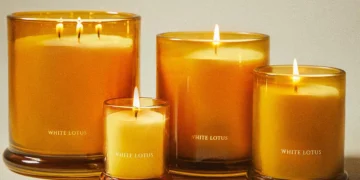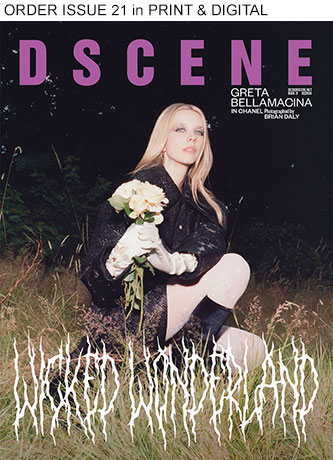
The right scent can make a room feel cleaner, softer, more awake, or completely still. But, that kind of effect only happens when the scent fits the space, the timing, and the way the room is used.
Home fragrances are selected based on how long they last, how strong they are, and how they carry through a space. A crisp herbal spray can clear the air in a kitchen after cooking. A dry wood diffuser can settle a hallway.
The manufacture of luxury fragrances, such as Lelior, is guided by how scent behaves in different formats and conditions. Each formula is developed to remain stable in air, hold under heat, and diffuse at the correct rate for its format. Every adjustment is based on material performance, from concentration to the type of carrier used in wax, oil, mist, or spray.

Format Determines Behavior
Each type of home fragrance performs differently. Some are designed for constant release. Others are used in short bursts. The format determines strength, duration, and how the scent moves through the room.
-
Candles release fragrance gradually while lit. They are often used in the evening or during quiet routines.
-
Reed diffusers work passively without heat or electricity. They are suited to smaller rooms or areas where consistency matters.
-
Room sprays deliver scent immediately but briefly. They are useful for refreshing a space between tasks or before guests arrive.
-
Electric diffusers disperse scent at a controlled pace over longer periods. They work well in workspaces, bedrooms, or entryways.
-
Incense creates a more intense effect through smoke. It is often used in short sessions or for specific rituals.
-
Scented stones or sachets provide a low, steady presence in drawers, wardrobes, or other confined areas.
Each of these requires its own formulation. A citrus note that performs well in mist may fade in wax. A resin that anchors a candle might overpower a spray. In high-quality products, the formula is adapted to suit the delivery method rather than reused across formats.
Materials and Precision
Fragrance materials are chosen for their performance as well as their scent. Natural ingredients bring depth but can be unstable or reactive to heat and humidity. Synthetic molecules offer consistency, longevity, and control.
Most luxury fragrances use a combination of both. Natural extracts provide nuance, while synthetics support balance, lift, and structure. The goal is to create a scent that lingers in still air, diffuses at the right pace, and remains intact over time rather than simply replicating perfume.

Room-by-Room Application
Home fragrance has become integral to how rooms are experienced, with scents chosen to complement each space’s function, rhythm, and atmosphere.
Living Room
The main shared space in a home, used for gathering, relaxing, and spending extended time. It’s where people talk, read, scroll, watch, or simply sit. Fragrance for a living room should feel settled. It should be noticeable at first and then fade into the background as the room fills with other activity. Warm woods, dry florals, and soft resins perform best. Candles and diffusers provide steady release over long hours.
Kitchen
A working space used for preparation, cooking, and clean-up. It carries heat, moisture, and strong smells that shift throughout the day. Fragrance in a kitchen should clear the air after cooking and leave it feeling fresh without adding heaviness. Bright citruses, green herbs, or mint offer clarity and balance. Sprays and fast-diffusing oils work well between tasks or after meals.
Bedroom
A private space used for rest and routine. Fragrance in a bedroom should lower stimulation and help the room settle as it gets quieter. Powdery florals, sandalwood, musk, or light resin notes are well suited to quiet environments. Low-flame candles or passive diffusers are best for nighttime use.
Bathroom
Often small, enclosed, and humid. Fragrance here should keep the air feeling clean without becoming sharp or synthetic. Eucalyptus, neroli, and light aquatic notes perform well. Reed diffusers and light sprays are practical and easy to maintain.
Workspace
Used for focus, tasks, or extended concentration. Fragrance should stay clean and directional without drawing attention. Tea, hinoki, dry spices, or soft pepper notes can help define a clear working rhythm. Electric diffusers provide controlled release over long sessions.

Ingredient Transparency and Air Quality
Concerns over synthetic ingredients and indoor air quality have led some manufacturers to publish full ingredient lists and invest in biodegradable packaging. Many luxury brands now reduce VOC (volatile organic compound) content, remove unnecessary solvents, and use plant-based carriers in place of conventional alcohol. However, natural ingredients are not always the safest or most effective, some of the cleanest and most stable fragrance materials are synthetic. The priority remains safe usage, controlled burn or diffusion time, and low VOC emissions.
Finally, fragrance is now chosen with the same care as light, surface, and sound. It’s part of how a space works – hour by hour, room by room. What stays in the air matters. The right formula supports the use of a space without interrupting it. In a well-used home, scent is no longer added. It’s planned.



















